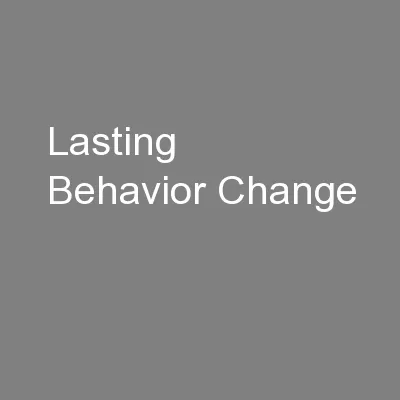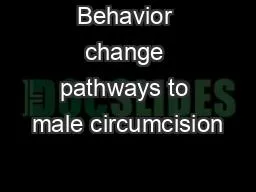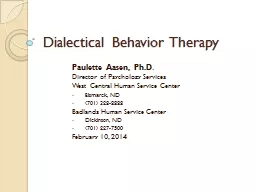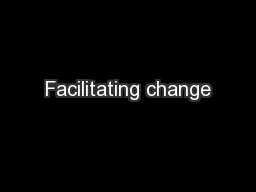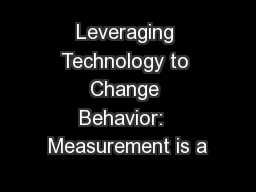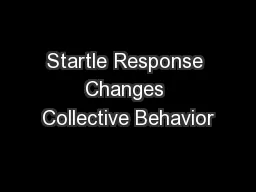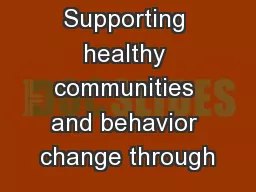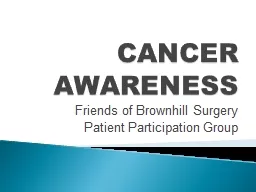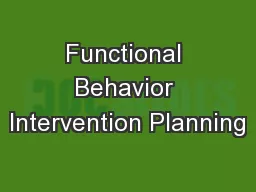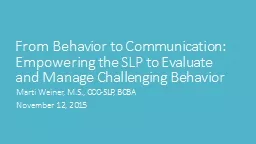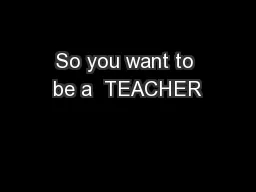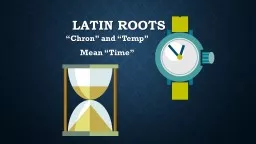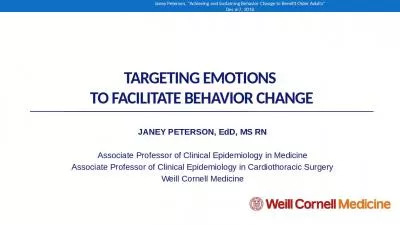PPT-Lasting Behavior Change
Author : yoshiko-marsland | Published Date : 2016-10-08
Achieve positive behavior change in yourself and others Making change that sticks Your host Virtual Meeting Mark Clare New Value Streams Consulting markkclaregmailcom
Presentation Embed Code
Download Presentation
Download Presentation The PPT/PDF document "Lasting Behavior Change" is the property of its rightful owner. Permission is granted to download and print the materials on this website for personal, non-commercial use only, and to display it on your personal computer provided you do not modify the materials and that you retain all copyright notices contained in the materials. By downloading content from our website, you accept the terms of this agreement.
Lasting Behavior Change: Transcript
Download Rules Of Document
"Lasting Behavior Change"The content belongs to its owner. You may download and print it for personal use, without modification, and keep all copyright notices. By downloading, you agree to these terms.
Related Documents

